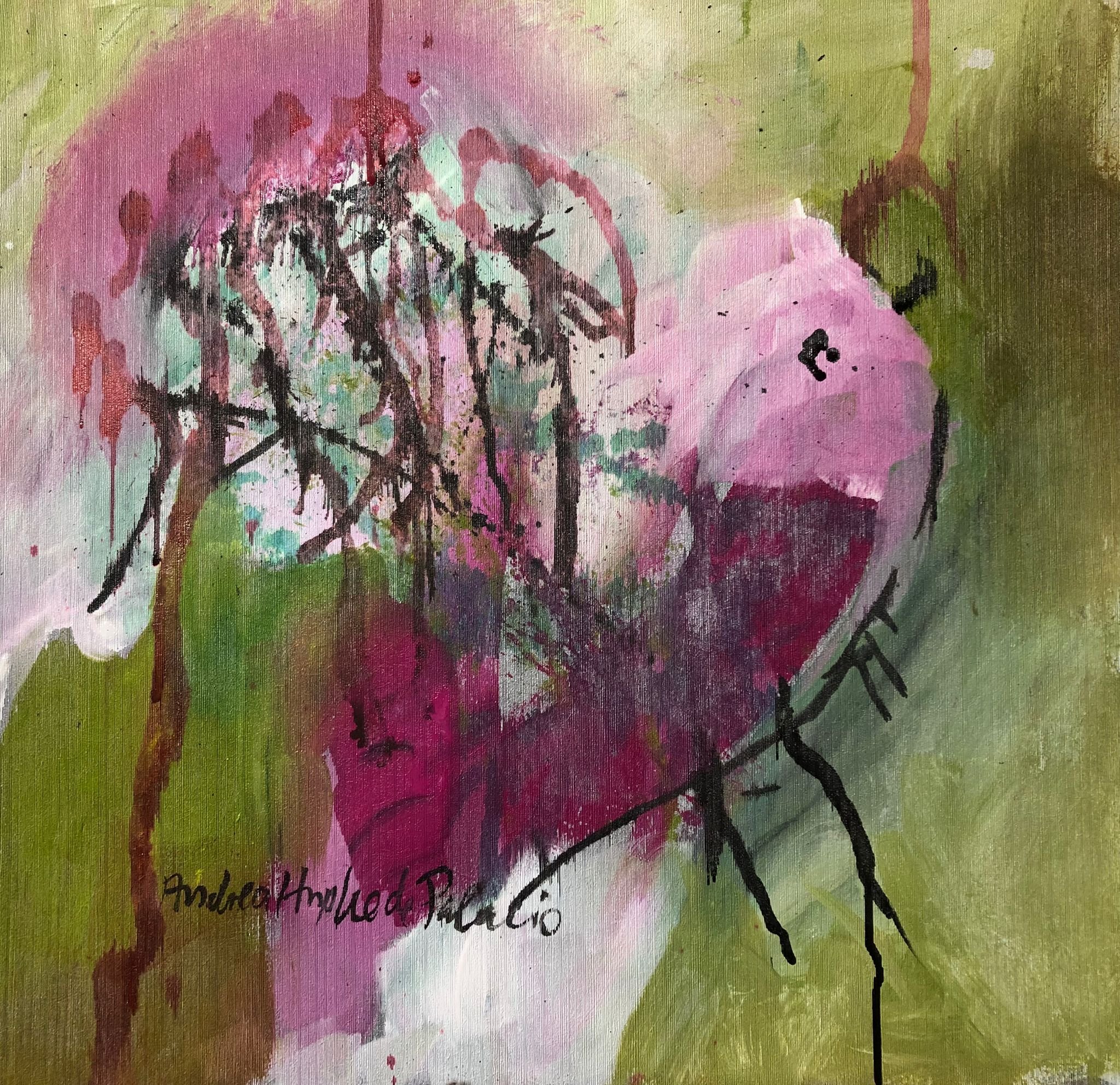In the comments of the last post, Self-Care is Critical for Creativity, Fiona Long shared she was working on a project which might not be completed until next year. Now this project is dependent on sunshine and Fiona lives in London so that probably has something to do with the timing. However this made me think about Slow Art.
Back in 2008 I wrote about Slow Art on a former blog. I talked about how I didn’t meet a slow art manifesto I had found online but I can tell you that Fiona Long probably meets it as her work is so amazingly sustainable. While I use a lot of bits and pieces of found things and scraps of crap art, my materials are not wholly sustainable. That being said, I am working toward that goal.
Okay back to the subject at hand. So there is actually and International Slow Art Day (15 April 2023 this year) which encourages people to spend time with art and REALLY look at it deeply. In Art as Therapy by Alan de Botton and John Armstrong, they talk about the healing power of really looking at art and really spending time with it. So these two things really come together as far as enjoying art and allowing it to sink into you. This isn’t what this post is talking about but you already knew that.
1967. Acrylic binder, pigments and ink. 30 x 40 cm by Andrea Hupke de Palacio
Then Andrea wrote me this: "Today was a lovely day, I had two little artists plus their mother / grandmother in the studio, one after the other. They inspire me so very much 😃to let loose. When they were gone, I was tired and sat for a while but then went to work and created two paintings, with pigments plus acrylic binder and ink. I had wanted to do that for a long time but the moment wasn't right. It took me two hours to do those paintings but the gestation time was about 3 months. So that is a slow process, not the action of painting itself but the creative process inside me. Therefore the title of one of the paintings is " The Bird I had to wait for a long time ".
The Bird I had to wait for a long time acrylic binder pigments ink, 46 x 44 cm by Andrea Hupke de Palacio
I am really interested in how we take the time to savor our creativity and how we don’t rush the process. We are eager to talk about the slowness of creating. How important do you think that is? Do you think it makes better art when you proceed at a slow, meditative pace? I am not talking about quick sketch studies or something like that but final pieces which slowly unfold in front of your eyes. Paintings that allow for one brushstroke to lead to the next or the slow building up of layers. I am talking about pauses to allow what is happening before you to soak into you at the particular moment or spending time choosing just the right materials or making your own materials. Fiona’s patient waiting until the perfect time, as much as a year later, to see the results of her creation. Susan Pope spends lots of time choosing just the right words, pieces of paper, thread, etc. to make wonderful handmade books. This is the slow art which appeals to me. Of course the art of slow looking at art is appealing but slow creating is the world in which I live.
A sketchbook exploration with sustainable watercolors (a gift from Andrea) and paper collage.
I am currently reading Emotion and Art by John Ruskan and he talks a great deal about feeling art and how that takes time to get to that place to create what is essentially a part of you. That is what Andrea did with the two pieces above. That is what I strive to do and the success of this has proven to be quite powerful on many levels. It is this process which has “encouraged” me to consider how a life-long love of textiles can be incorporated in my art. I began working with cheesecloth my paintings and am now exploring using hand stitching with my work. It is a slow, intuitive process but it has not only brought me much joy but also added that element of being lost in what I am doing. To me, this is slow art and it is incorporating the sustainability I am wanting to accomplishing by using bits and pieces of what has been done before. Sometimes these paintings are not complete until I have the courage to complete them by actually tearing them apart and putting them back together in another way.
A work-in-process using paintings and textile techniques.
I have always been a relatively slow person but as I get older I find it becomes more and more important. The questions we would like to leave you with are: Are you a slow creator? Do you think that slow creating should be a part of the slow movement?
Reading material you might enjoy related to this post: Bittersweet by Susan Cain Emotion and Art by John Ruskan Art as Therapy by Alain de Botton and John Armstrong
soaking dry leaves in water and vinegar for color. Bits of paper is in there. This is the image from Susan which is referenced in her comment




